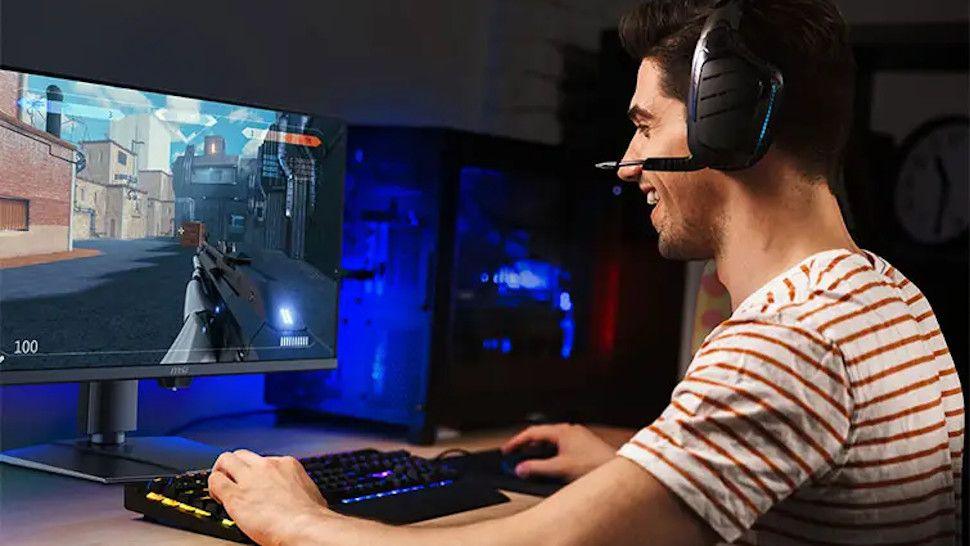- AMD removed mention of Windows 10 being compatible with its latest driver
- This led some to conclude that the previous operating system no longer supports Radeon GPUs.
- AMD has clarified that this is not the case and there is still support for Windows 10.
If you were worried that AMD would suddenly not support Windows 10 with its graphics drivers, as some reports have suggested, there’s no need to worry: Team Red has clarified that this is not the case.
Of course, what happened earlier this month was that Windows 10 reached end of support, and that’s related to this whole thing.
As Windows Latest noted, in AMD’s latest GPU driver (Adrenalin v25.10.2), the release notes only list Windows 11 as supported on supported operating systems. Windows 10 is noticeably absent, leading gamers with AMD graphics cards, and some tech sites, to worry that perhaps Team Red has stopped supporting Microsoft’s aging operating system.
That’s not the case, as an AMD spokesperson explained to Windows Latest: “To clarify, the new driver does not claim to be compatible with Windows 10 because Windows 10 is in the end-of-life stage according to Microsoft.
“The AMD Software Adrenalin package, while not specifically mentioning Windows 10 support, is compatible with Windows 10. Windows 10 support will continue to be available in AMD Software Adrenalin Edition through the Windows 11 installer.”
In short, the Adrenalin graphics driver is still good for Windows 10 gamers, even if it is not labeled as such.
Analysis: Don’t worry yet, but the ax driver will eventually come to Windows 10
Having support for an operating system is important, of course, because graphics driver versions apply important bug fixes and add new features, as well as optimizations for newly released games. For example, this latest Adrenalin driver that came out a couple of days ago brought support for Battlefield 6.
If a driver is not tested on Windows 10 systems, AMD could miss issues with the previous operating system and gamers could run into problems as a result. But rest assured, AMD is still developing its Radeon drivers with Windows 10 and Windows 11 in mind.
So why did AMD remove mention of Windows 10 from its release notes? Probably because it feels that gamers shouldn’t be stuck with the older OS without it being supported (i.e. provided with regular security updates from Microsoft), so Team Red doesn’t want to officially “encourage” this in any way.
That said, Windows 10 is different because consumers can get extended support (for an additional year) for the first time, so many more people will stay on the operating system at least until October 2026. Given that, I think it would make sense for AMD to continue officially listing support for another year, but Team Red is clearly sticking to the letter of the law here in terms of Windows 10’s end-of-life date.
While there’s no need to worry just yet, AMD will eventually freeze Windows 10 with its graphics drivers. If we look back at Windows 7, AMD put it in legacy support, with only critical security fixes applied and nothing else, meaning that maybe some strange patch should manifest a really glaring vulnerability, a year and a half after Microsoft stopped supporting Windows 7 with monthly updates.
So perhaps sometime around mid-2027, Windows 10 will suffer the same fate. For now, however, you’re fine with AMD GPU drivers in Windows 10.
It’s also worth noting that even when AMD graphics cards don’t support Windows 10, it’s not like they suddenly stop working; it is simply more likely to have problems and will remain unpatched against security flaws (except for the ones mentioned above that might be serious enough that the Red Team decides to act with a one-time patch).

The best mini PCs for all budgets
Follow TechRadar on Google News and add us as a preferred source to receive news, reviews and opinions from our experts in your feeds. Be sure to click the Follow button!
And of course you can also follow TechRadar on TikTok for news, reviews, unboxings in video form and receive regular updates from us on WhatsApp also.




